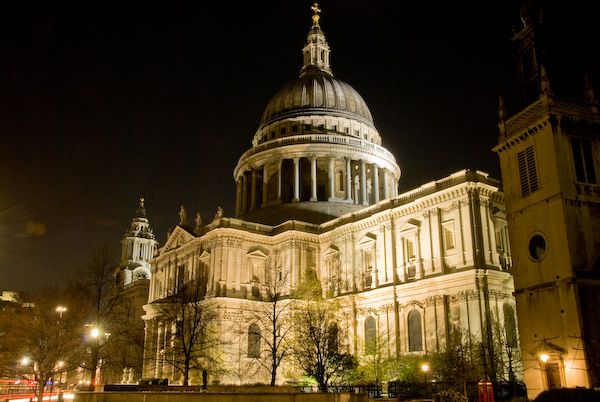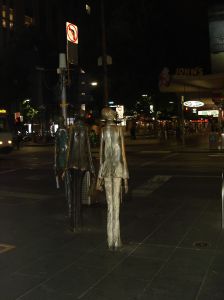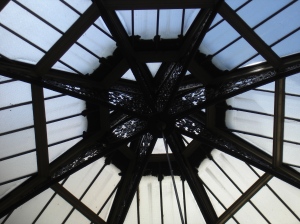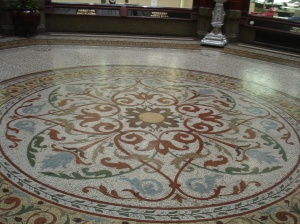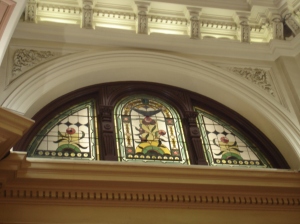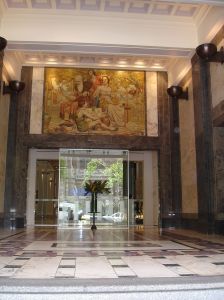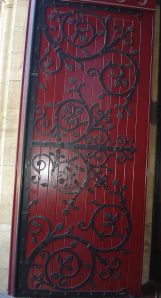By Brian Cummings
Like many people I first came across the Book of Common Prayer in a church pew; I must have been in my late teens. But it felt as if I already knew the book: many things in it were already familiar, like the marriage vows ‘for better for worse, for richer for poorer, in sickness and in health, to love and to cherish, till death us do part.’ To me, brought up an atheist, other parts seemed very strange. Yet even as a non-churchgoer, the book felt as if it belonged to me. It announced itself as ‘common’ prayer, and also as somehow quintessentially English, everyday, ubiquitous. The Book of Common Prayer wasn’t just a church book; it contained so much else that was evocative of our culture and history – prayers to be said at sea, ways of calculating Easter dates, lists of members of the family you were forbidden to marry.
When I was a student, I was surprised to find that there wasn’t an edition of the text available which also explained the history, interpretations and significance of the Book of Common Prayer. The book was still in print, of course, but only in church editions. By now I knew that what I had thought of as a book of the 1660s was in fact much older, going back to Thomas Cranmer and the beginning of the English Reformation; and also that it had existed in a number of different forms. My favourite guide to this was a huge two-volume book called The English Rite by F.E. Brightman, by now long out of print. This printed different versions of the Book of Common Prayer in parallel text, and also contained a monumental introduction. It had the sprawling, hefty form of old-style scholarship which nobody seemed to author anymore, and no publisher could afford to print in any case. There was also an Everyman edition comprising the 1549 and 1552 texts, which I found in a second-hand bookshop and I continued to treasure for many years, using it in teaching in due course.
When asked by OUP if I was happy to prepare a new edition of the Book of Common Prayer, I immediately accepted despite foreseeing that the work would be very time-consuming. It just felt like something you don’t say no to, and I couldn’t help but think of this new edition also ending up in second-hand bookshops in time. The sense of familiarity and commonness I had developed with the text over the years also inspired me to provide an edition for the common reader; one which would explain its contexts, controversies and historical importance as well as the unnoticed ways in which the book has been part of shared experience and lived emotion over several centuries.
I print the text in three versions – a little like Brightman’s old book, only my choice of texts is different. In between the first edition of 1549 and the Restoration text of 1662 my edition contains the Elizabethan version of 1559. This was the text Shakespeare would have been familiar with – and also the one used by John Donne when he was Dean of Old St Paul’s in the 1620s. I also include more or less a small book of explanatory notes, in which I endeavour to explain the politics which brought it into being, the religious motivations which inspired it, its revisions, and how it caused trouble right through the Civil War and beyond.
In my mind, I fostered the simile of the Book of Common Prayer as an English church building such as St Paul’s Cathedral. There is what you see at first sight – how this monument appears today; but there is also a kind of visible archaeology of



